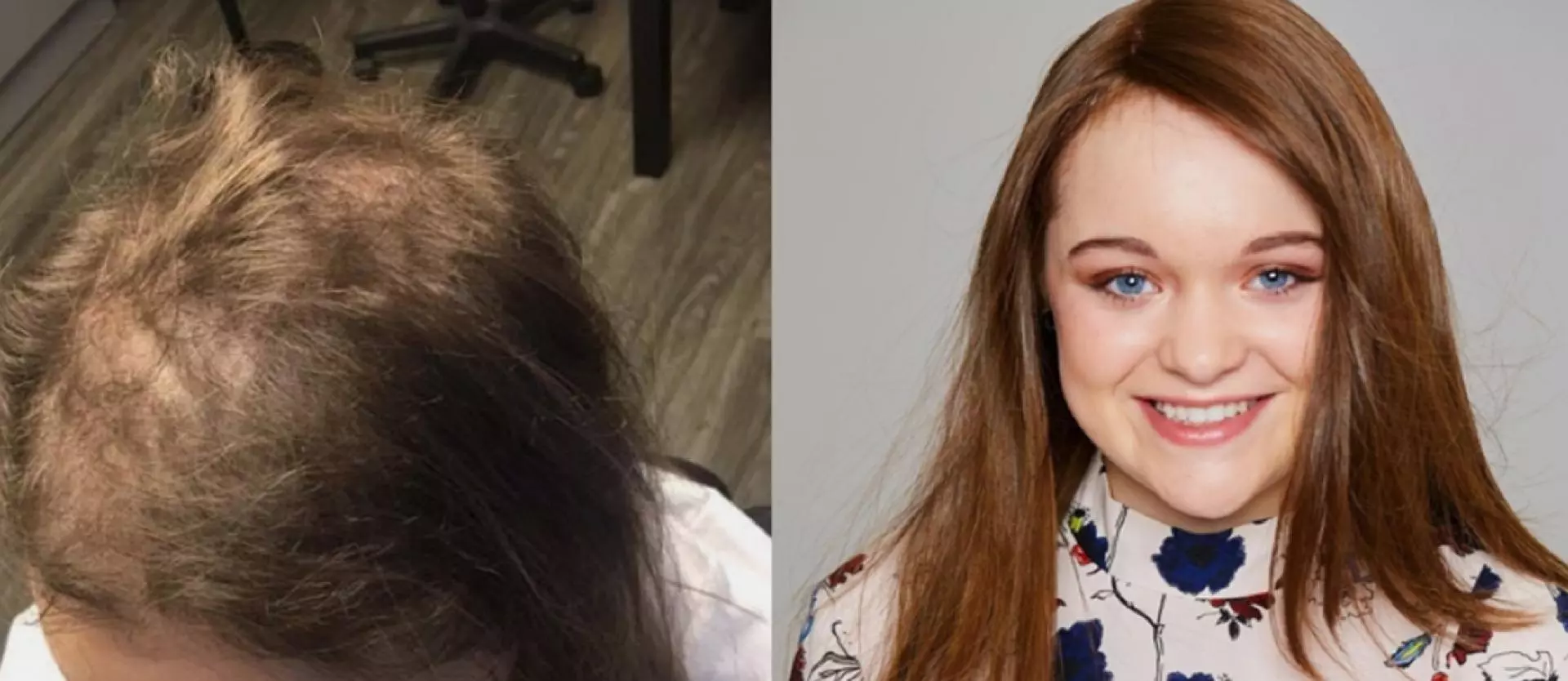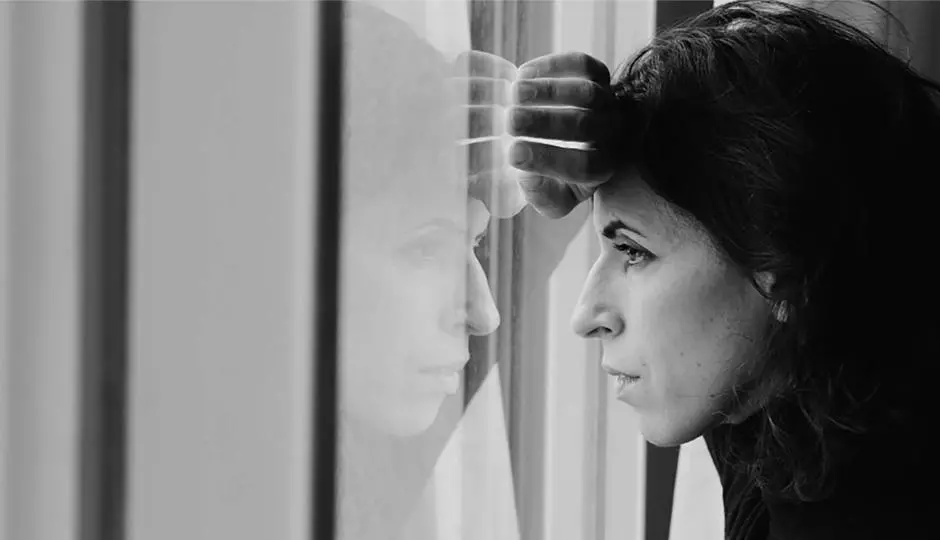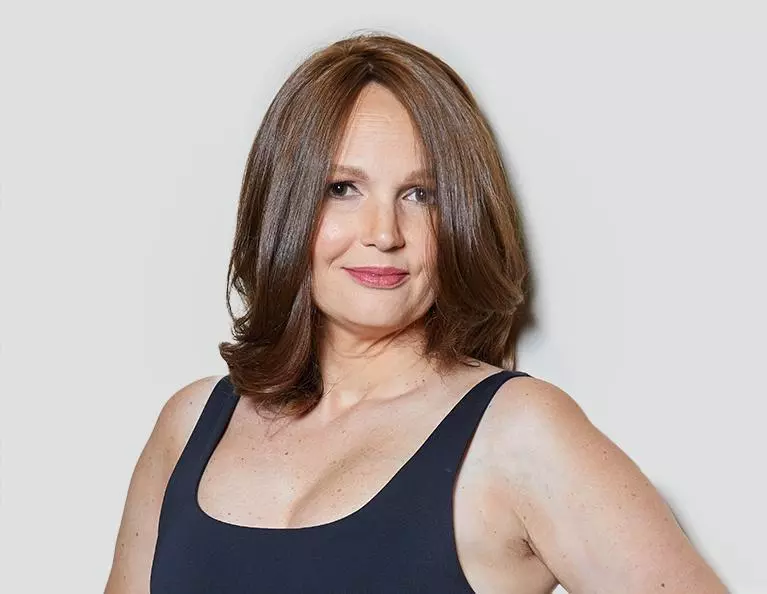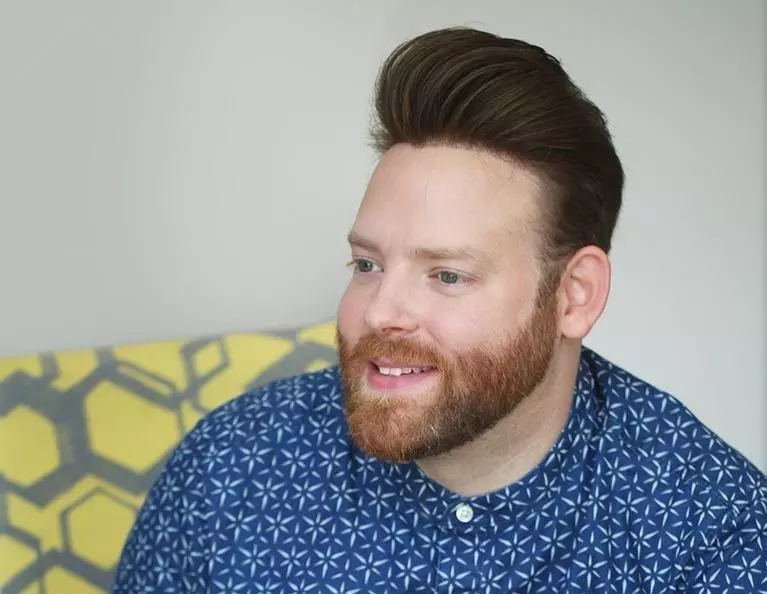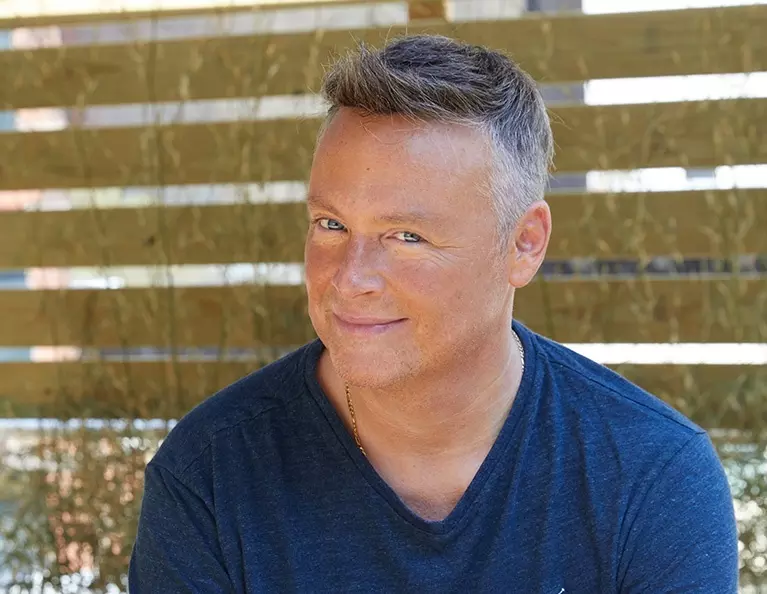
At one time, thinning hair meant it was time to consider a wig, a toupee, or often painful, expensive, artificial-looking hair transplants resulting in “doll head” — the embarrassing telltale look caused by large hair plugs compressed into to small holes.
Thankfully, technology has advanced tremendously in recent years, and today, men and women suffering from hair loss have many hair replacement options available. But did you know that 3D printing technology is now one of them?
Flora Fuentes, owner and president of Unique Hair Concepts in Ardsley, is one of just 22 practitioners in the United States to offer this groundbreaking technique, which results in amazingly realistic results. We spoke with Fuentes, who has been in the hair-restoration for more than 25 years, about this amazing technology.
Q: What, exactly, is 3D printed hair technology?
The CNC 3D Printed Hair System is an advanced hair-prosthesis technology that originates from CRLAB in Bologna, Italy. Three years ago, while attending an industry conference, I met the CEO of CRLAB and was intrigued by this new technology. I traveled to the Bologna-based laboratory and received training on how to design a CNC 3D printed prosthesis for various degrees of hair loss or thinning hair for men and women. I am proud to be one of only 22 hair-restoration centers in the United States that offers this technology exclusively.
Q: Are there other systems that use this technology and, if so, how is the CNC 3D Printed Hair System different and/or better?
Presently, there is no other laboratory or company that offers this type of non-surgical hair-replacement technology.
Q: How do you determine whether or not a person is a candidate for this procedure?
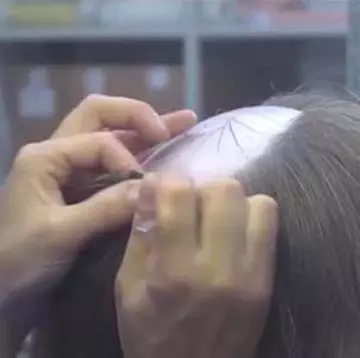
Designing a CNC 3D hair and scalp prosthesis begins with a private consultation during which I sit down with a client and understand their needs and expectations. I begin the process by asking lots of questions. What has the client tried before for their hair loss? How long have they been losing their hair?
What are their hairstyle expectations? Next, I take parameters. This means that I create a “scalp map” of the area of hair loss and a plaster-of-Paris mold. In addition, the client's hair samples are collected so that the laboratory can match the client's hair texture, curl, hair denier, and color. The parameters and the hair samples are shipped to the CRLAB production facility in Bologna. There, 3D Printing Cam Scan technology is used to read the parameters to recreate an accurate scalp replica. The “second scalp” or prosthetic is personalized by each client’s needs and characteristics.
Natural human hair, of the highest quality, and which has never been chemically processed are matched identically to the client's own hair samples and injected to the base of the CNC 3D hair and scalp prosthesis strand by strand. Once the CNC is shipped back to the center, the prosthesis is secured to the client's scalp using a dermatologist-tested fixing agent or medical adhesive. Securing the prosthesis with a medical adhesive allows the wearer to wash, style, and be physically active with their CNC with complete confidence.
Q: Is everyone with any kind of hair loss a candidate for hair restoration via this system (e.g., alopecia totalis, alopecia areata, hair loss from chemo or an illness like lupus)?
The CNC 3D hair and scalp prosthesis benefits men, women, and children with androgenetic alopecia (male or female pattern hair loss), medical hair loss, scarring alopecia such as frontal fibrosing alopecia (which affects Caucasian women over the age of 50), trichotillomania, hair loss due to chemo or radiation therapy, alopecia areata, totalis, and universals.
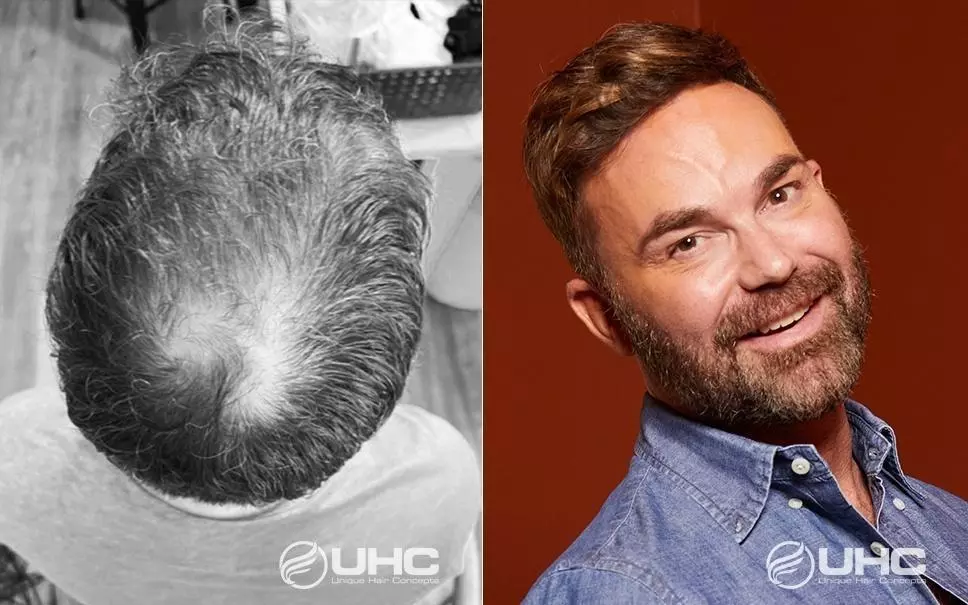
Q: What are the potential side effects or ill effects of the system?
Although the CNC 3D hair and scalp prosthesis is made with biomedical materials that are hypoallergenic and the medical adhesives are dermatologist-tested, an allergy test is conducted. There are no potential side or ill effects because it is a non-surgical hair replacement system.
Q: How is this prosthesis different or better than a hairpiece, weave, or other type of hair-replacement alternative?
The CNC is an advanced cosmetic hair-replacement technology and, due to the biomedical materials, it may be worn by men and women with very sensitive scalps. As an example, I have worked with burn survivors and clients that have had reconstructive surgeries due to trauma to the head and scalp. In these special cases, a traditional hairpiece would not be a viable option.
A hair weave requires for the wearer to have strong hair to weave in the new hair for length and volume. The CNC does not require a weave nor cutting or shaving of your own hair to attach the prosthesis. The CNC hair and scalp prosthesis is a great alternative to hair-transplant surgery. With hair-transplant surgery, the patient must have enough of his or her own hair or “donor hair” to transplant to the area of hair loss. In fact, eight out of 10 women with hair loss are not good candidates for hair-transplant surgery due to the fact that women lose their hair differently than men. Women tend to lose hair in a diffused or scattered pattern, leaving them with minimal donor hair for surgery. Also, women want volume and a hair transplant will not provide volume, and there is the risk of women obtaining “shock loss” from the hair transplant which could cause them to lose even more hair.
For a man with advanced hair loss, a hair transplant may not be enough to achieve a full head of hair. In many cases, a hair transplant may be performed to fill in the frontal anterior hairline and the CNC prosthesis may be designed to fill in the remaining balding or thinning hair areas.
Men and women with hair loss due to autoimmune conditions such as alopecia areata, totalis, and universalis, as well as scarring alopecias, are not candidates for hair transplantation. The CNC 3D hair and scalp prosthesis is a wonderful option for all of these cases.
Q: What is the cost range for the entire process and prosthesis?
Overall, costs are based on hair-loss dimensions and length of hair. The cost of a CNC hair and scalp prosthesis starts at $3,500.
Q: What kind of maintenance is required, how much does it cost, and how often is it needed?
Since this is a cosmetic hair replacement technology, clients return to the center once a month for removal and a reapplication of the prosthesis. Visits are conducted in private rooms and include washing, cutting, and styling the client's hair. Visits range from $150 to $250.
Q: How long does the prosthesis last and is there a guarantee?
The prosthesis is completely custom-designed to the wearer and is worn every day, 24/7. Typically, the prosthesis lasts about 12 to 18 months.
Contact the hair specialists at Unique Hair Concepts to learn more.
